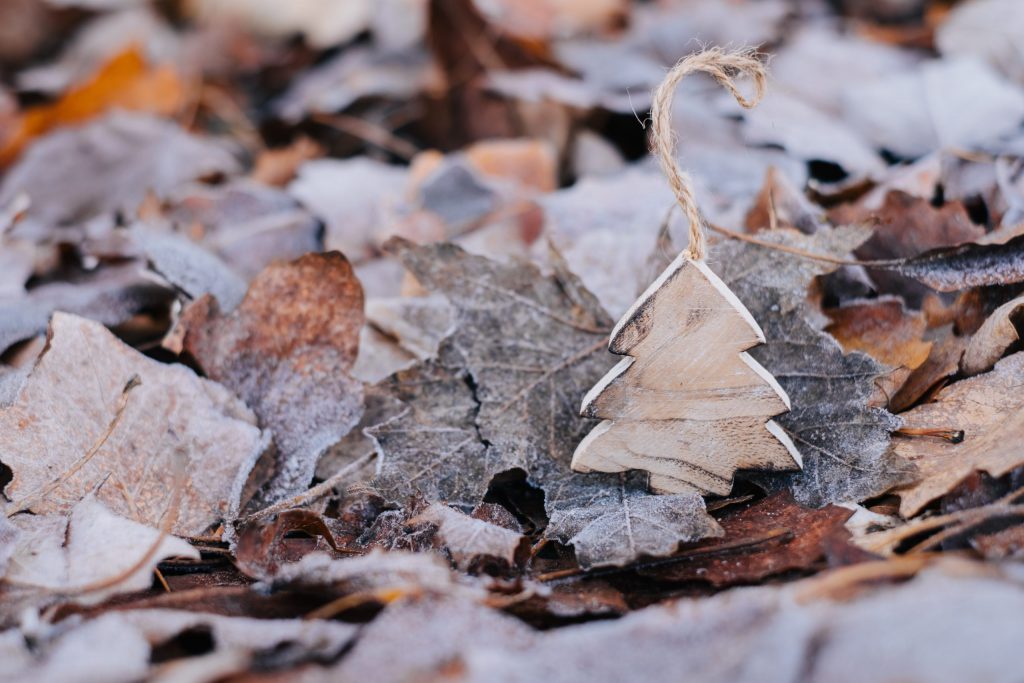Ohio Zone Planting Is Bound To Make An Impact In Your Business
Warning: Undefined variable $PostID in /home2/comelews/wr1te.com/wp-content/themes/adWhiteBullet/single.php on line 66
Warning: Undefined variable $PostID in /home2/comelews/wr1te.com/wp-content/themes/adWhiteBullet/single.php on line 67
|
| Articles Category RSS Feed - Subscribe to the feed here |
|
|
A DIY gutter project involves several fundamental components, such as gutters (typically made from materials like aluminum, vinyl, or steel), downspout extensions, gutter hangers (required for supporting gutters from houses), miter saws (for precise cuts), and ladders or step-stools (for accessing gutters on higher roofs). While some homeowners may opt for more advanced materials, vinyl gutters exhibit low prices and are effortlessly installable by practicing DIY enthusiasts.
Fruits: Apple, cherry, peach, plum, and pear trees
Vegetables: Tomatoes, peppers, cucumbers, zucchini, squash, and carrots
Herbs: Basil, rosemary, thyme, oregano, and sage
* Flowers: Roses, lilacs, daylilies, black-eyed susans, and coneflowers
Understanding Columbus, Ohio’s garden zone is essential for creating a thriving and vibrant garden in the city. By selecting plants that thrive in zone 5b, preparing the soil properly, and adapting to the region’s climate, you’ll be well on your way to becoming a successful gardener in this beautiful Midwestern city.
The bluebird with red chest is envisioned to be a mid-sized bird, measuring approximately 6-7 inches in length, with a broad, flat head and a short, square tail. Its plumage would be predominantly blue, with a deep, iridescent sheen that gradates from ultramarine blue on the back to softer, more cerulean hues on the belly. The red chest would be a vibrant, fire engine red, perhaps deepest on the breast and fading to a more burnt orange towards the edges. The eye would be a bright, sharp black, with a sharp, pointed beak.
Ohio is a state located in the Midwestern United States, known for its diverse climate and geography. When it comes to gardening, the state’s climate and soil conditions can greatly impact the types of plants that can thrive in each region. In this article, we will explore the concept of garden zones in Ohio and provide a breakdown of the different zones and their characteristics.
In conclusion, 7044 Amazing Gray is a timelessly appealing color that has captured the hearts of designers and consumers alike. To check out more information about mites on wood visit our web site. Its versatility, balance of light and dark tones, and calming effects make it an ideal choice for interior design and fashion applications. Whether you’re designing a new space or updating your wardrobe, 7044 Amazing Gray is sure to be a valuable addition to your color palette.
In the world of fashion, 7044 Amazing Gray has become a staple color in many designers’ collections. From high-end fashion to streetwear, this color has been featured in numerous styles, from elegant evening gowns to comfortable menswear. Its versatility makes it suitable for various fashion trends, including the following:
Choose the right plants: Select plants that are specifically bred for the zone’s climate and soil type.
Soil Preparation: Test and amend your soil to meet the plants’ needs, as zone 5b soils tend to be acidic.
Mulch and Water: Mulch around plants to retain soil moisture and reduce soil temperature fluctuations. Water wisely, as the Ohio clay soil can retain water.
Divide and Conquer: Divide perennials and corms every 3-5 years to maintain their vigor and promote healthy growth.
Monitor and Adapt: Keep an eye on your plants and be prepared to adjust your gardening strategies as needed to accommodate the region’s changing weather patterns.
Conclusion
Winter Temperature: The average winter temperature in Columbus is around 16°F (-9°C), although temperatures can drop as low as -10°F (-23°C) on rare occasions.
Summer Temperature: The average summer temperature in Columbus is around 85°F (29°C), with occasional heat waves reaching up to 100°F (38°C).
Growing Season: The growing season in Columbus typically begins around late April and lasts until early November, with around 170 frost-free days.
Garden zones, also known as Plant Hardiness Zones, are defined by the USDA (United States Department of Agriculture) based on the average annual extreme minimum temperature in a given area. These zones are designed to help gardeners determine which plants are best suited for their region and can tolerate the local climate.
The garden zone, also known as the hardiness zone, is a way to categorize regions based on their ability to support specific plants and flowers. The National Oceanic and Atmospheric Administration (NOAA) developed a zone system that ranges from zone 1 (the coldest areas) to zone 12 (the warmest areas). Columbus, Ohio falls within zone 5b.
On the other hand, critics argue that shiplap’s current popularity may signal an oversaturation in design trends. Their concerns are largely tied to the fact that various visual elements – like statement lighting, minimalist furniture, and concrete countertops – have become omnipresent in recent design movements. This can lead to an overall homogenization of design styles, making shiplap a riskier choice for those seeking a fresh, eclectic look.
Columbus, Ohio is a beautiful city surrounded by rolling hills and lush greenery. If you’re a gardener or aspiring to be one, understanding the local climate and garden zone is crucial for growing a variety of plants and flowers. In this article, we’ll delve into Columbus’s garden zone, providing insights on the optimal growing conditions, plant hardiness, and advice on how to make the most of your garden in this zone.
Find more articles written by
/home2/comelews/wr1te.com/wp-content/themes/adWhiteBullet/single.php on line 180